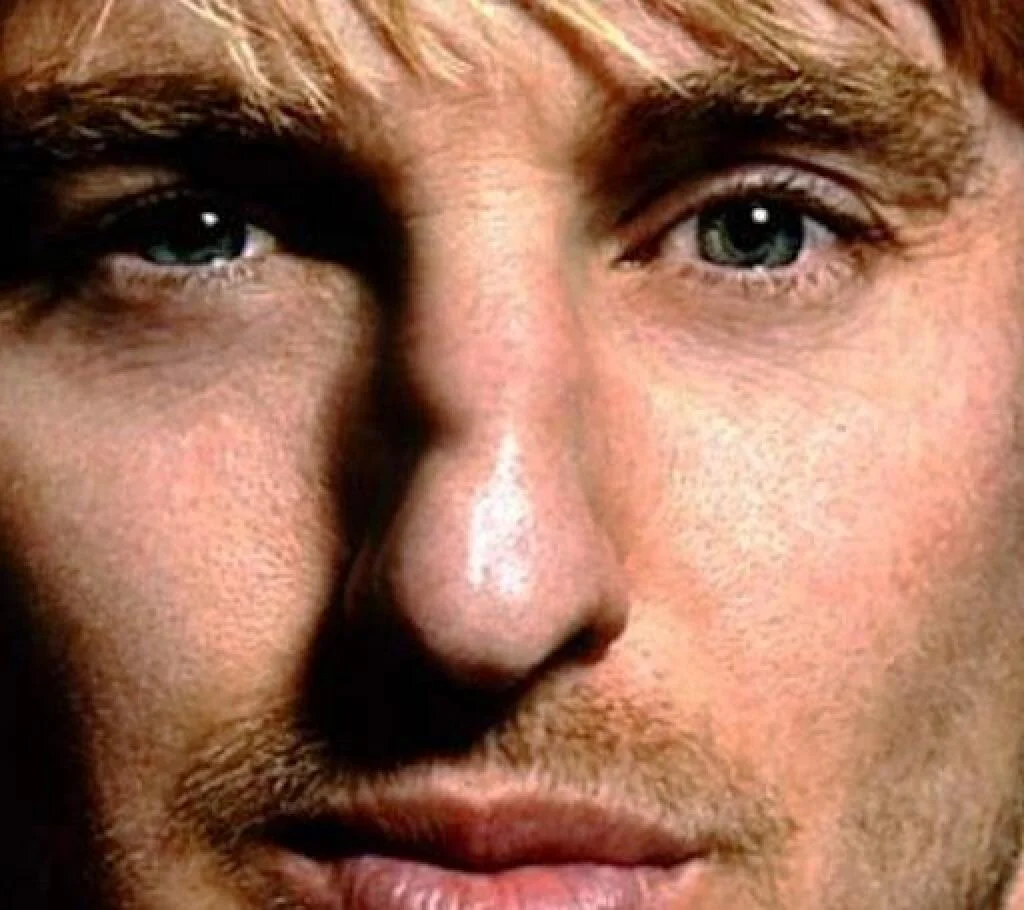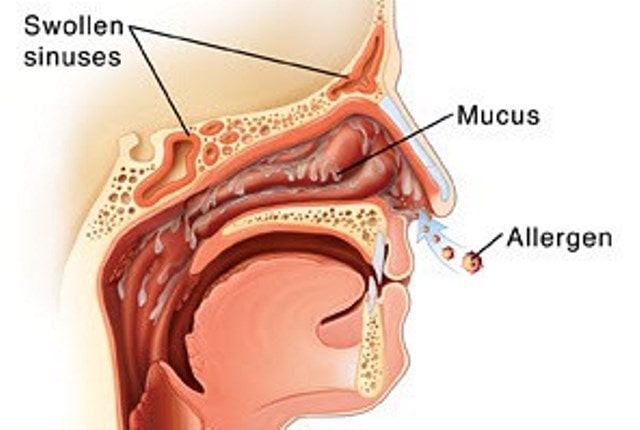When does a woman ovulate after her period or when does ovulation start? If you have been unable to effectively track when ovulation starts, this work will enlighten you on when a woman ovulates, bearing in mind her menstrual cycle. Some of the basic questions that will be answered include the following:
- When does ovulation start or when am I ovulating?
- When does a female ovulate or when do you ovulate?
- How many times a month does a woman ovulate?
- When does a woman ovulate after her periods?
- What day does ovulation occur?
When Does Ovulation Occur – When Does a Woman Ovulate?
Any woman who may have tried conceiving and failed usually has one question on their mind; when am I ovulating? Being in a position to answer this question may be the key to your eagerly awaited conception.
For most women, ovulation takes place 14 days before the beginning of the next period. Since cycles vary in individual women, the cycle length and other external factors such as health, feeding and their emotional state affect the length of the cycle. This means that fourteen days before the onset of the next cycle could be anywhere between cycle day 10 and cycle day 18.
The ovulation process normally starts at the last day of the menstrual period. The first day of a cycle is taken as the first day on which your periods kick off. The period then lasts from 3-7 days. For people who get period pains, they are severest on the first day and go decreasing towards the end of the cycle.
After the periods are over, the body triggers the production of follicle stimulating hormone. This stimulates formation of fluid filled cavities in the ovaries. In each of the many follicles formed is an immature egg. It is while here that the eggs will strive to outdo each other so as to develop to be the dominant mature egg.
Mostly, only one egg develops to maturity. In rare instances, two or three are released in which case there will be fraternal multiple births in case fertilization occurs. Just before ovulation, there is a rise in estrogen hormone levels. This makes the lining of the uterus to thicken through the flow of nutrients and blood in readiness for implantation. These hormones also lead to production of the egg white cervical mucus. This provides a friendly environment for sperms. In it, sperms can swim easily and survive for up to five days.
The increase in estrogen levels triggers a surge in the amount of Luteinizing Hormone (LH). This is known as the LH surge. This is the hormone that triggers the ripening of the egg and leads to it rapturing the walls of the follicle. This is when ovulation is said to occur.
For most women, the cycle lasts between 23 and 35 days. This is not fixed and is likely to be affected by external factors. The follicular phase which is the first phase in a cycle is the one that is usually affected. The luteal phase of the cycle remains the same.
When Does Ovulation Start?
For most women, ovulation starts mid cycle. This means that if a woman has the default 28 days cycle, their ovulation will take place on cycle day 14. However, the cycle length may be affected making ovulation not to occur when expected.
When, then, does a woman start ovulating? There are a number of indicators that can point out when ovulation is about to start. These are as discussed below:
Charting the body signals:
To figure out when you are likely to start ovulating, it is important to track some body signals. The two main ones are vaginal discharge and basal body temperature. Taking note of these two gives a pattern that is likely to tell when ovulation is about to start.
When it comes to the temperature of the body at rest, it is bound to take a deep and then rise at mid-cycle. Lowering of the temperature shows ovulation is about to occur. It is caused by an increase in the level of estrogen hormone.
When a dip in temperature is experienced, ovulation is about to start. A rise in temperature shows that ovulation is happening. The rise is minute and may not be felt by the woman. However, it can be detected using a basal temperature thermometer. Normally it rises by 0.4degrees Fahrenheit.
Cervical mucus undergoes a lot of changes with different phases of the cycle. As ovulation approaches, the cervical mucus increases. It also becomes stretchy and slippery like the egg whites when raw. This is the most fertile cervical mucus. It provides a good environment in which sperms can survive. It also facilitates their movement as they find their way to the egg. Noting how it changes will help capture when ovulation is about to start.
When ovulation is close, there is usually a rise in estrogen levels. This increases the salt content in the body. As a result, the saliva structure gets altered. This can be observed in dried up saliva. Using a hand held microscope, place a saliva specimen on the slide. Wait for it to dry and observe. If the saliva crystallizes in the form of joined dots and lines forming a fern-like structure, this means ovulation may be occurring in about three to five days.
Another way to know would be testing the hormonal levels using an ovulation predictor kit. These help one to know when estrogen and luteinizing hormones are at the peak. They also help to identify when the two most fertile days are. With these, one can tell when ovulation will start.
What Day Does Ovulation Occur?
Ovulation can be estimated in regards to after or before the onset of a woman’s menstruation.
The first day of the last menstrual period is taken as cycle day one. The first day of the next menstruation is taken as the last cycle day. Generally, ovulation takes place 14 days before the onset of the next cycle.
For people with 28 days cycles, this means ovulation is bound to take place at cycle day fourteen. For a person with a cycle length of 32 days, this means that ovulation is likely to happen on cycle day 18. This means that ovulation takes place 18 days after the start of menstruation.
The days given above are simply estimates. The cycle is bound to be affected by external factors which will affect ovulation too.
Can One Not Ovulate?
It is possible for one not to ovulate even when they are receiving their periods. This could be as a result of birth control options that inhibit ovulation. Hysterectomy which refers to removal of the uterus together with other causes of infertility may lead to one failing to lack of ovulate.
People who recently got off birth control could fail to ovulate as the body is yet to adjust. Ovulation is also delayed by stress or strenuous exercise.
How Many Times Does One Ovulate in a Month?
Most women experience ovulation once in a month. However, it is possible to have ovulation twice in a month. For people with cycles of 28 or lesser days, the mid cycles for consecutive cycles could fall on the same month. This likelihood is most probable if the mid-cycle falls at the beginning and the end of the month.
Ovulation being part of the reproductive cycle in which an ovum is released from the ovary to facilitate fertilization is very important. Any woman willing to actively try to avoid or get pregnant should understand it in order to get the desired results.
Each woman is different and no cycle discussed fits perfectly. It is upon each woman to use the general information provided to fit in their cycle.
Suggested Further Reading:
- What Happens During Ovulation & After Ovulation
- Symptoms of Ovulation – Physical, Cramps & Pre-Ovulation Signs
- Spotting During Ovulation – Before, Around & After Ovulation
- Post Ovulation Symptoms & How Do You Know When You Are Ovulating
- Ovulation Pain – Signs & Symptoms, Severe, Lower Pain Back
- Pain during Ovulation – Before, During, After, Breast & Back Pain
- Cramping After Ovulation – Is it a Normal or A Pregnancy Signs?
- Ovulation after Miscarriage – When, After How Long, Signs
- Ovulation Test – Positive, How to Use Test, When to Take


